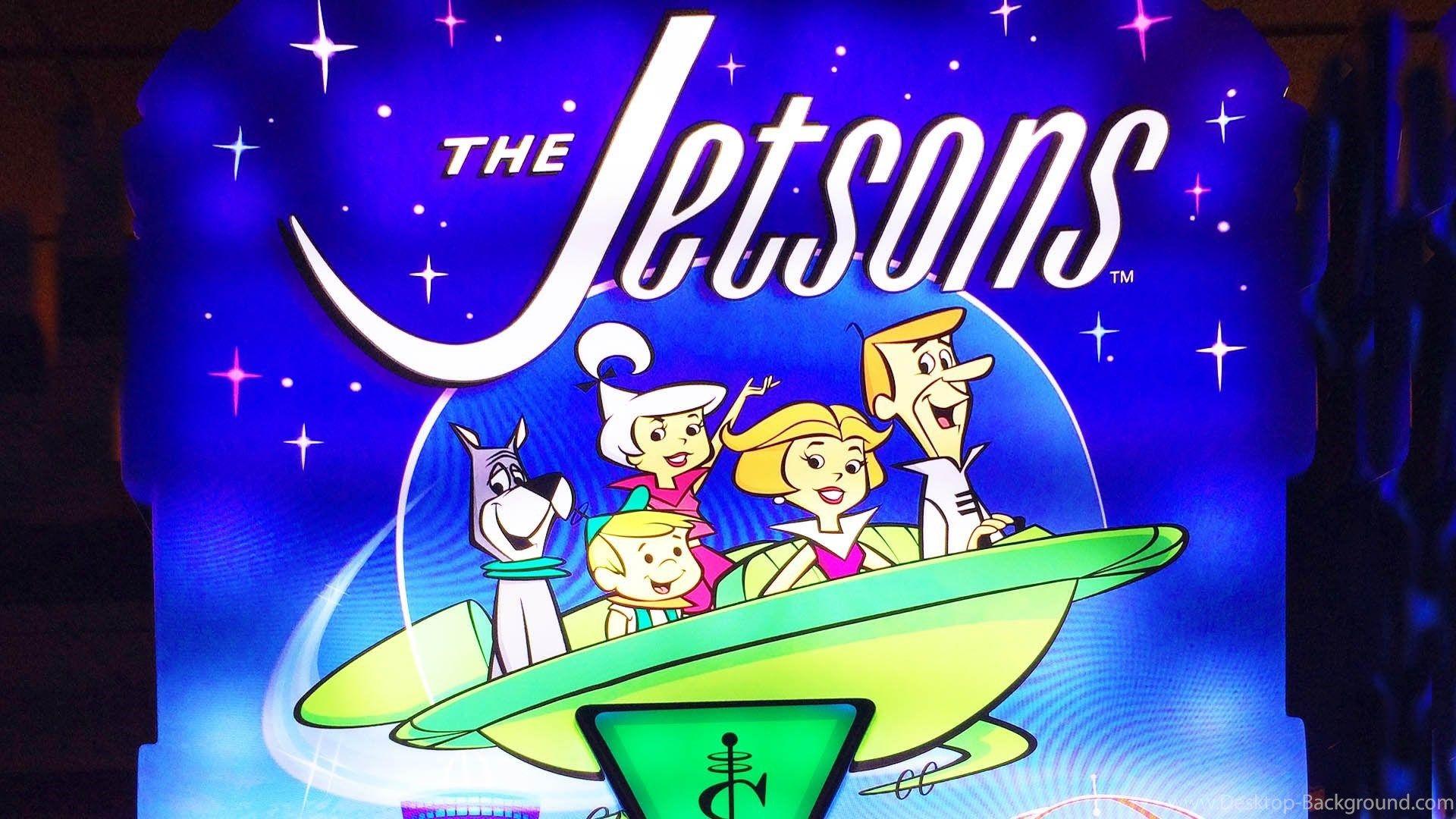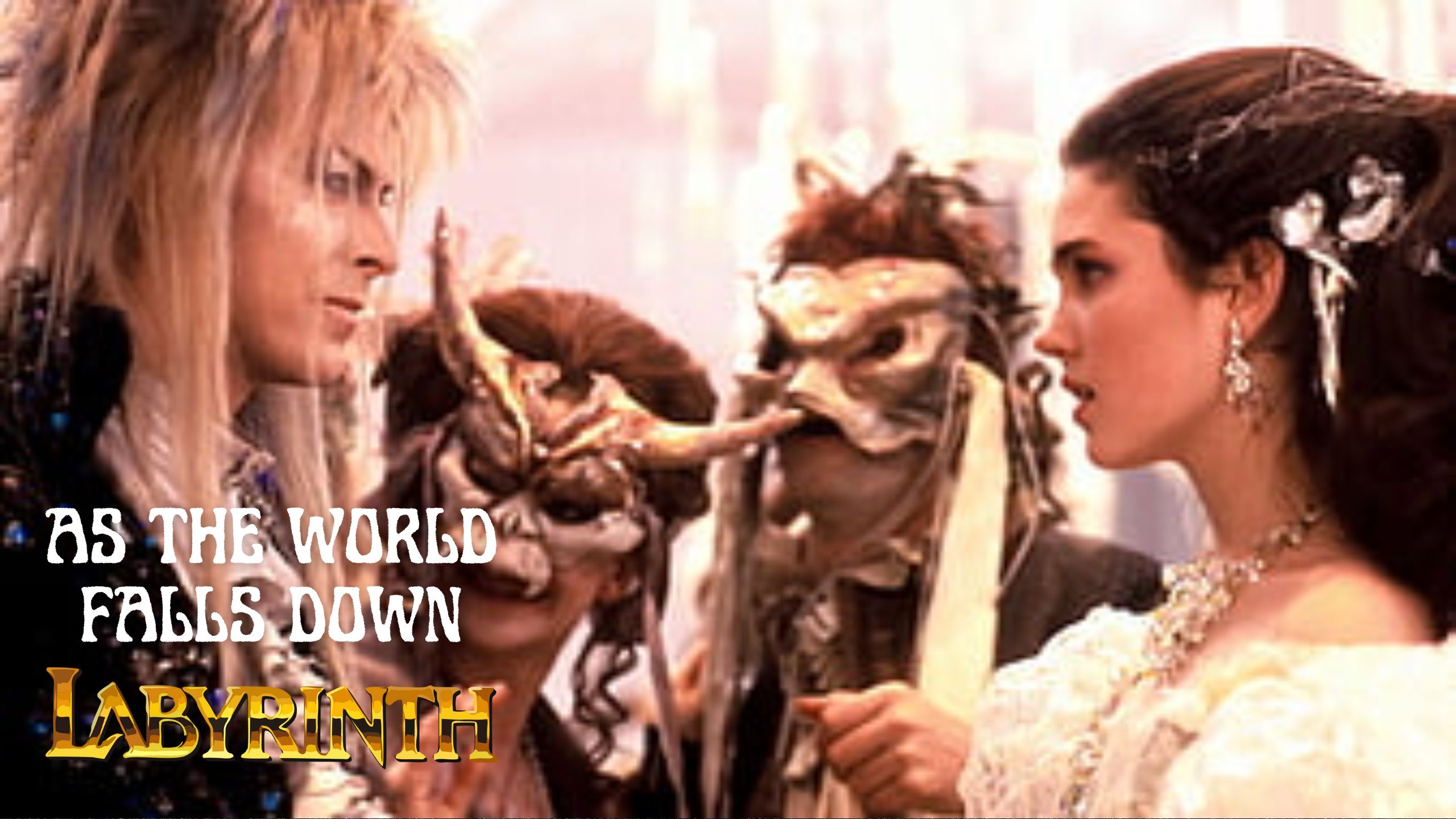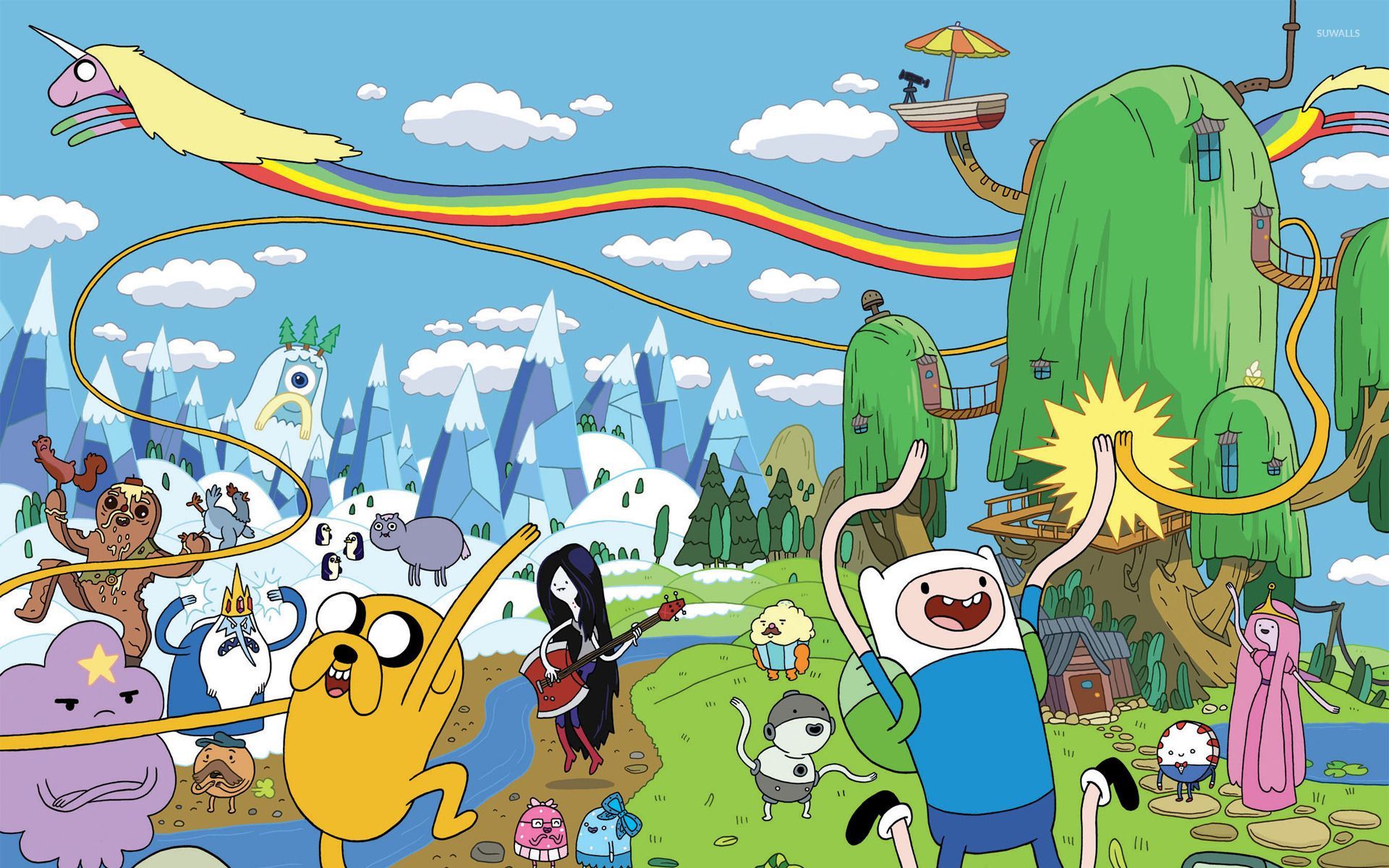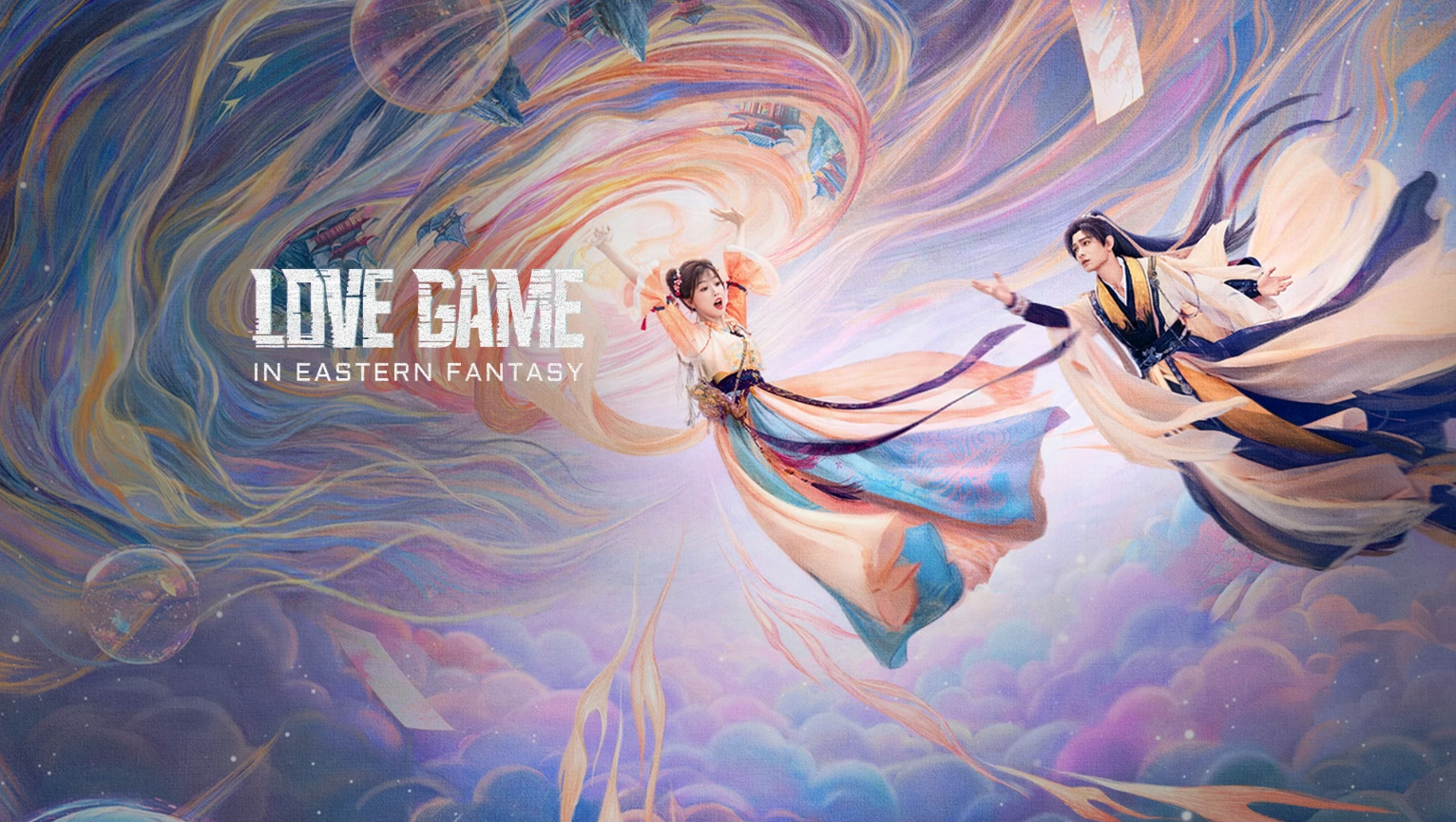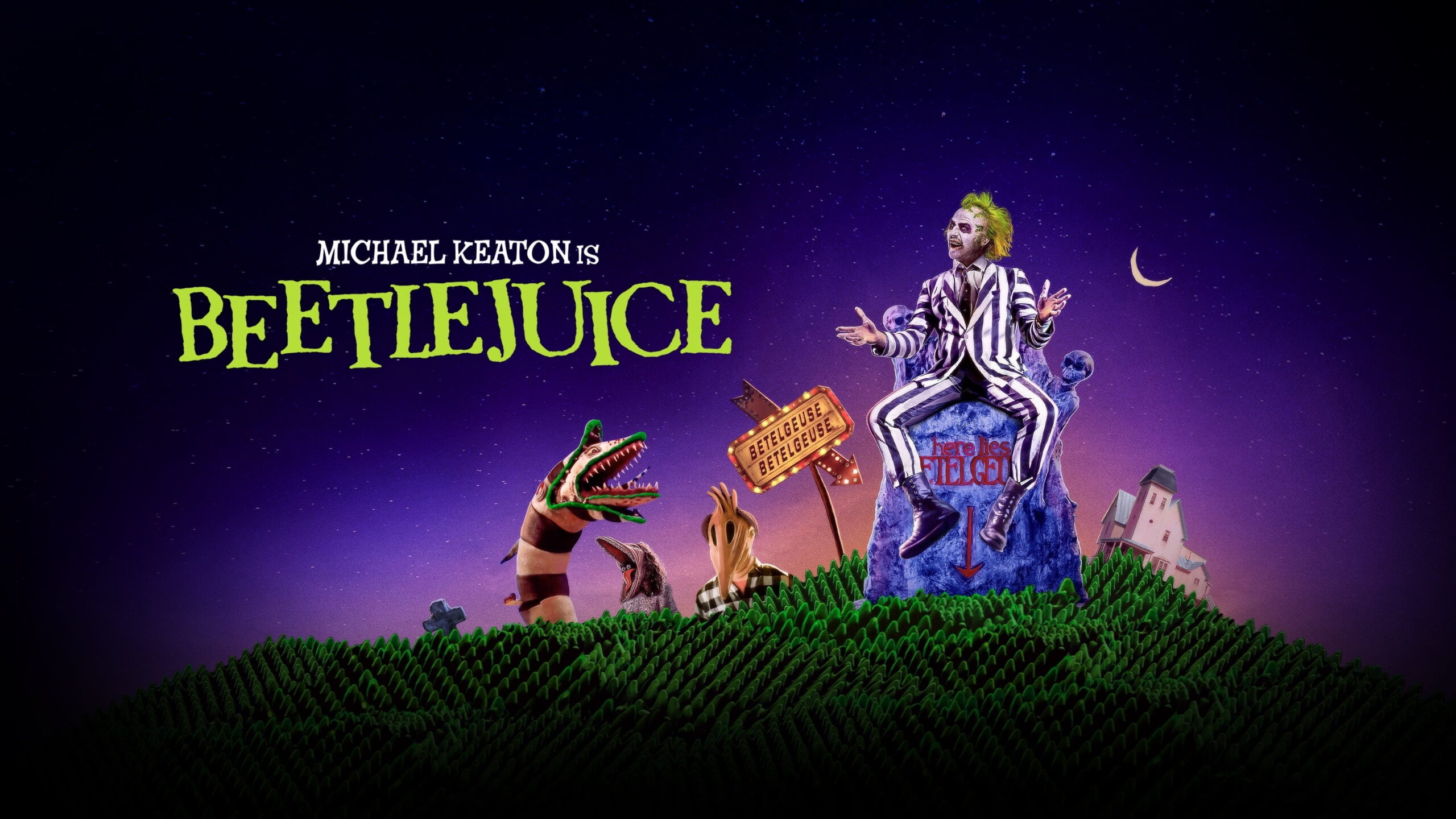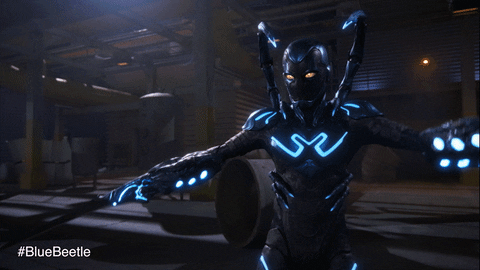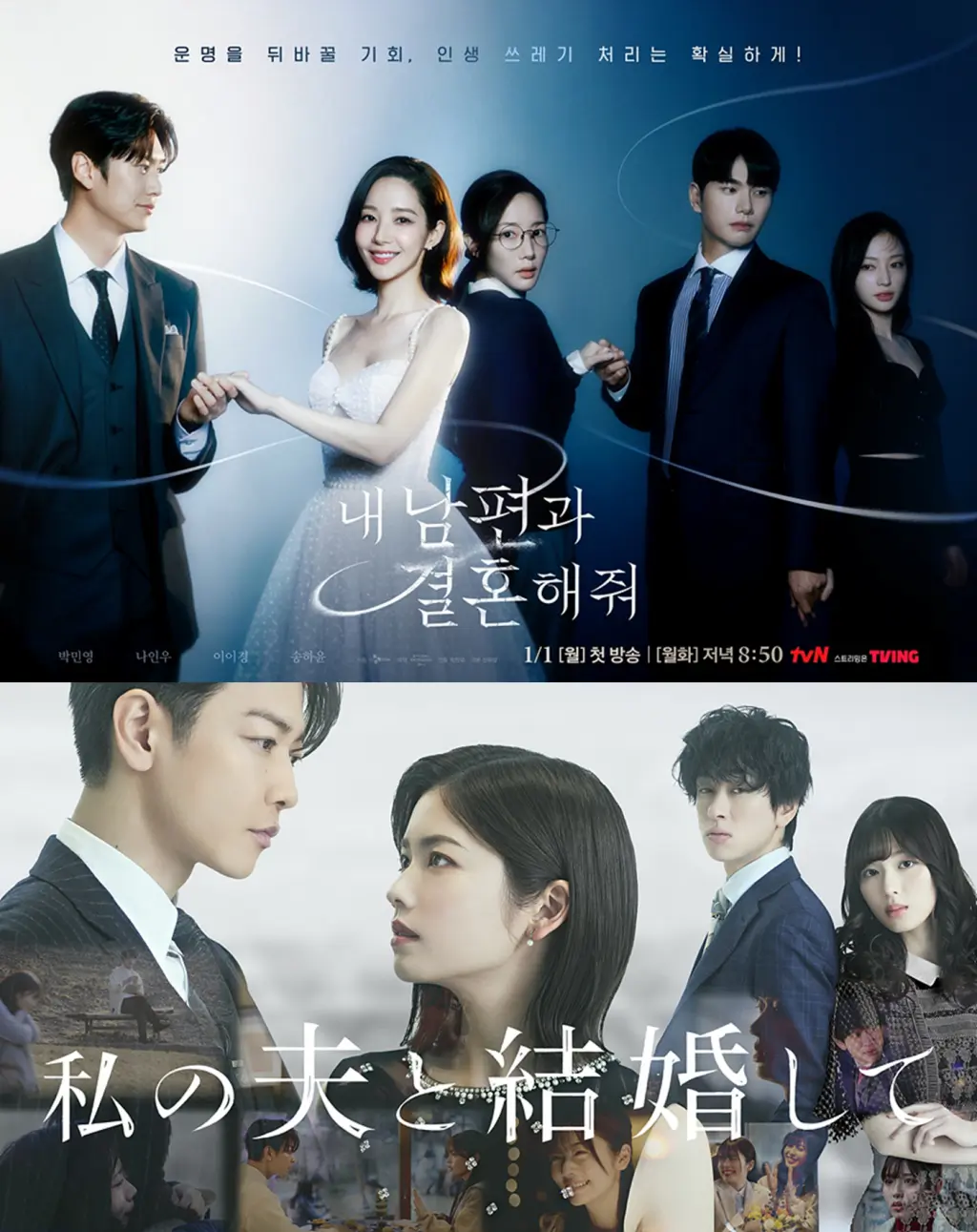
Hedwig and the Angry Inch: From Cult Rock Musical to Cultural Phenomenon
Few rock musicals have left as lasting and emotionally charged an impact as Hedwig and the Angry Inch. First emerging in the late 1990s as an offbeat, gritty, and intensely personal story of transformation and identity, Hedwig has since evolved through stage revivals, film adaptations, and international performances, gaining cult status along the way. But what exactly is the story behind this audacious, punk-infused musical — and how has it continued to resonate with audiences worldwide?
The Origin: Off-Broadway Debut (1998)
Created by John Cameron Mitchell (book) and Stephen Trask (music and lyrics), Hedwig and the Angry Inch premiered Off-Broadway at the Jane Street Theatre in New York City in February 1998. Mitchell, who also starred as the titular character in the original production, developed the musical as a deeply personal piece that explored themes of gender identity, transformation, betrayal, and love.
The story follows Hedwig Robinson, a genderqueer East German rock singer who undergoes a botched sex reassignment surgery (leaving her with the “angry inch”) in order to escape Communist Germany. After immigrating to the U.S., Hedwig forms a band and tours dive bars while following — and resenting — her former lover Tommy Gnosis, who has stolen her songs and risen to fame.
The production received critical acclaim for its raw energy, witty dialogue, emotionally searing monologues, and unforgettable glam rock score. With songs like “Wig in a Box,” “Origin of Love,” and “Midnight Radio,” the musical established itself as a powerful, genre-defying work.
The 2001 Film Adaptation
Directed by and starring John Cameron Mitchell, the 2001 film adaptation of Hedwig and the Angry Inch brought the underground musical to the big screen. Unlike the stage version, which plays out like a concert with storytelling, the film introduces more narrative structure and visual backstory, offering a cinematic expansion of Hedwig’s journey.
The film was lauded for its bold visuals, unique editing, and Mitchell’s heartbreaking performance. It premiered at the Sundance Film Festival, winning the Best Director and Audience Awards. It went on to achieve cult classic status, especially within queer and alternative film circles. The soundtrack from the film remains a favorite among fans and is often cited for its lyrical depth and glam-punk energy.
Broadway Revival (2014–2015)
More than a decade after the film, Hedwig made its Broadway debut in 2014 at the Belasco Theatre, starring Neil Patrick Harris as Hedwig. The revival kept the concert-style format but framed the show as if Hedwig was performing in the abandoned set of the musical Hurt Locker, with meta-theatrical elements peppered throughout.
Harris’s portrayal was met with rave reviews, and he won the Tony Award for Best Actor in a Musical. The show also won the Tony for Best Revival of a Musical. The Broadway run included several other notable Hedwigs, including Andrew Rannells, Michael C. Hall, Darren Criss, Taye Diggs, and John Cameron Mitchell reprising his original role.
This revival introduced Hedwig to a new generation of theatre-goers and proved the show’s enduring relevance in a world increasingly embracing gender diversity and LGBTQ+ narratives.
International Productions
Since its Off-Broadway roots, Hedwig and the Angry Inch has been staged around the world, including in London’s West End, South Korea, Japan, Germany, and Australia. Each adaptation brings its own cultural context, yet the emotional core — identity, heartbreak, and resilience — translates universally.
In South Korea, Hedwig has become one of the most frequently revived musicals, particularly popular with K-pop idols and actors who often rotate into the role, contributing to a broader dialogue about gender and performance in Korean media.
Legacy and Cultural Impact
Hedwig and the Angry Inch is more than a rock musical — it’s a transgressive, poetic journey through identity, pain, and self-acceptance. It occupies a unique space between punk rock rebellion and deeply personal storytelling. The musical was ahead of its time in tackling gender identity and fluidity, long before such conversations became mainstream.
It has also inspired scholarly analysis, fan tributes, drag performances, and artistic reinterpretations, cementing Hedwig as a queer icon. In many ways, Hedwig offers a mirror: it reflects personal trauma, social constraints, and the beauty of becoming whole in one’s own way.
Whether on stage, screen, or Spotify playlist, Hedwig and the Angry Inch continues to find new life. The story of a misfit punk goddess searching for completeness speaks to the universal human experience — of love, of loss, and of forging your identity despite the scars.
In a cultural moment where authenticity and visibility matter more than ever, Hedwig’s story remains urgent, defiant, and gloriously alive.



